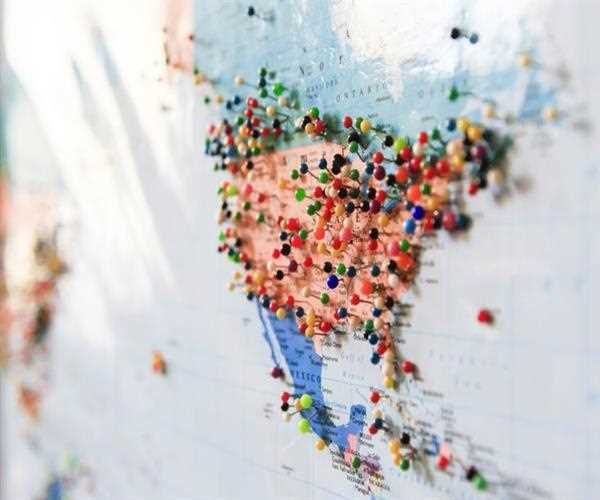Overview
The evaluation of the largest countries on the planet indicates their total land area, inclusive of spacious domains covering several time zones and numerous ecosystems. Thanks to their size, unequal access to resources, and extensive population, these nations hold a major geopolitical significance. Here you have a look at the five largest countries in the world.

1. Russia
Area: 17.1 million square kilometers In occupying more than 11% of Earth’s land surface, Russia takes the title of being the largest nation on Earth. Extending over Eastern Europe and into Northern Asia, Russia's great size includes a collection of landscapes, from Siberia’s tundra to the Ural and Caucasus mountains. The elevated importance of the country in the global economy is because of its abundant natural resources, such as oil, gas, and minerals.
2. Canada
Area: 9.98 million square kilometers Known for its extensive forests, plentiful freshwater lakes, and broad wilderness, Canada ranks second. Found in North America, it reaches from the Pacific to the Atlantic and up into the Arctic, where tundra and glaciers largely take over. Canada leads in environmental protection, concentrating on preserving its mixed ecosystems.
3. United States
Area: 9.83 million square kilometers The United States contains the 48 contiguous states, together with Alaska and Hawaii. Its topography is remarkably diverse, covering the deserts in the southwest, the mountains of the Rockies, urban areas that sprawl, and remote woodlands. Among the leading nations in both size and as a strong economic and military power, the U.S. falls.
4. China
Area: 9.6 million square kilometers With its enormous population, China takes up a large part of East Asia. The area incorporates the Gobi Desert along with the Himalayan mountain range and a great expanse of fertile plains. With an economy Among the biggest worldwide, China's size and resources categorize it as an important agent in the global arena.
5. Brazil
Area: 8.51 million square kilometers With the Amazon Rainforest as part of its territory, Brazil is the largest nation in South America and important for global diversity in plants and animals. As it sits on the Atlantic Ocean, Brazil’s ecosystem encompasses great rainforests, water bodies, and mountains. It is essential to environmental conversations, primarily focused on the Amazon.
Conclusion
They lead the world regarding land area, and their considerable natural assets and beneficial locations give them a major impact on global politics, economics, and environmental regulation.